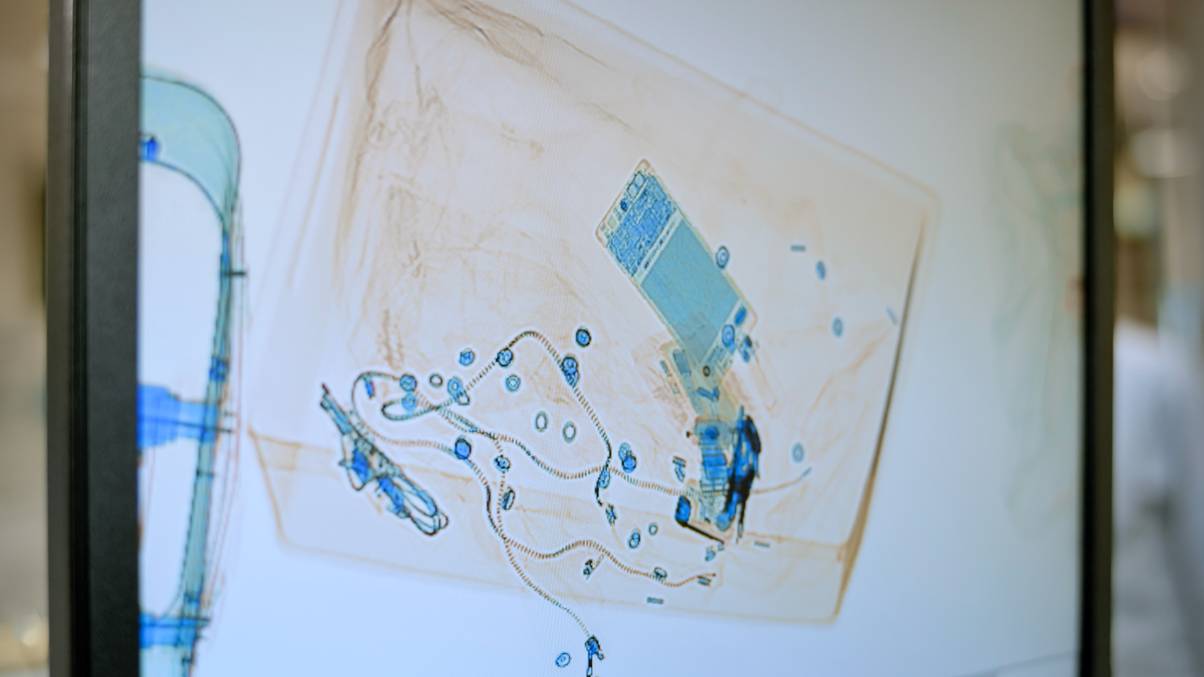“Unlocking the Enigma: Discover the Hidden Mysteries Behind the Mona Lisa’s Smile”
But who could have been the author of such a copy? That is not clear, as its origins are rather murky.
Apparently, the Second lady emerged in 1911, when British artist Hugh Blaker bought it from the Phelips’ family estate in Montacute House, Somerset, southern England. According to press agency Reuters, this Mona Lisa doppelganger had been brought to England by a young nobleman called James Marwood in the 1780s. After changing hands several times, it was bought by the Phelips family, who then sold it to Blaker after falling on hard times.
Upon Blaker’s death in 1936, the painting was acquired by art dealer Henry Franz Pulitzer, who kept it in his house in Isleworth, outer London. That’s why the picture in question is often referred to as ‘The Isleworth Mona Lisa’.
In 1964, Pulitzer was short on cash and allegedly sold a 25% share of the painting to the Gilbert family. Then, in 1974, the dealer stored the Isleworth Mona Lisa in a Swiss bank vault, where it remained even after his death in 1979. Eventually, in 2008, the lady in the vault was acquired by the consortium we mentioned earlier.
This consortium, by the way, remained unnamed only until late 2019. That’s when the Gilbert family sued the Mona Lisa Foundation, in a bid to claim back their 25% share of the Isleworth Mona Lisa. It was during the court proceedings that the Foundation was forced to reveal that the consortium was in fact a company called ‘Mona Lisa Inc.’, based in the Caribbean tax haven of Anguilla.
As of today, the ‘Lady of Isleworth’ is touring museums and exhibitions worldwide, while the Mona Lisa Foundation is still actively claiming it is an authentic Da Vinci. Thus far, there is no scholarly consensus amongst art historians, with the most realistic hypothesis being that the painting in the Louvre is the original by the master himself, while the Isleworth version is a copy produced by apprentices in his studio.












